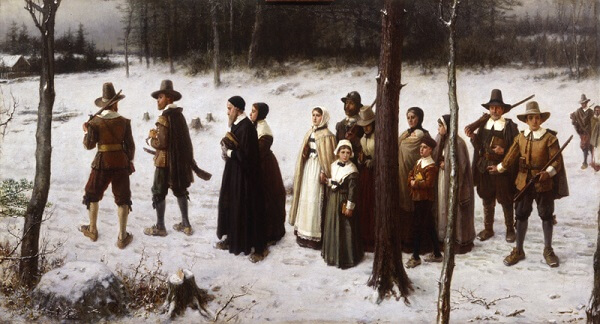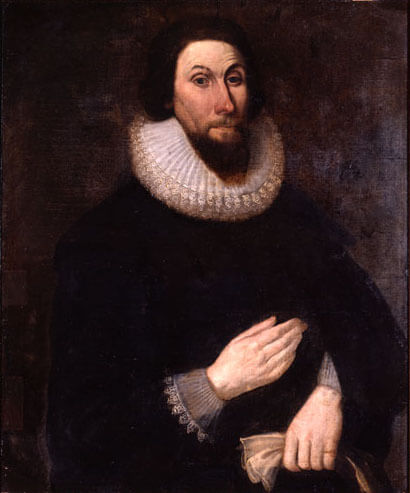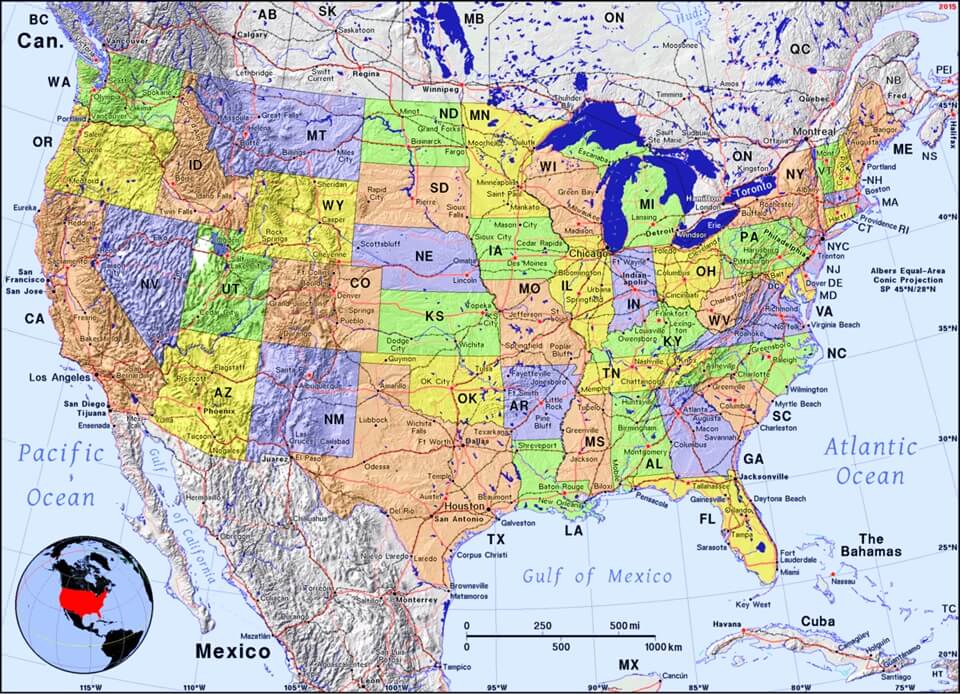 A History of the United States and its People
A History of the United States
A History of the United States and its People
A History of the United States



 A History of the United States and its People
A History of the United States
A History of the United States and its People
A History of the United States

Study the chapter for one week.
Over the week:
Activity 1: Narrate the Chapter
Activity 2: Study the Chapter Picture
Study the chapter picture 'Puritans Going to Church' by George Henry Boughton, which shows the Puritans walking to church during a snowy American winter.
Find the following:

Activity 3: Map the Chapter
Find the states where the Puritans settled on the map of the United States.

Activity 4: Map New England
Find the six states which today comprise New England on the map of the United States above.
Activity 5: Play the State Names and Locations Game
Activity 6: Complete Copywork, Narration, Dictation, and Mapwork
